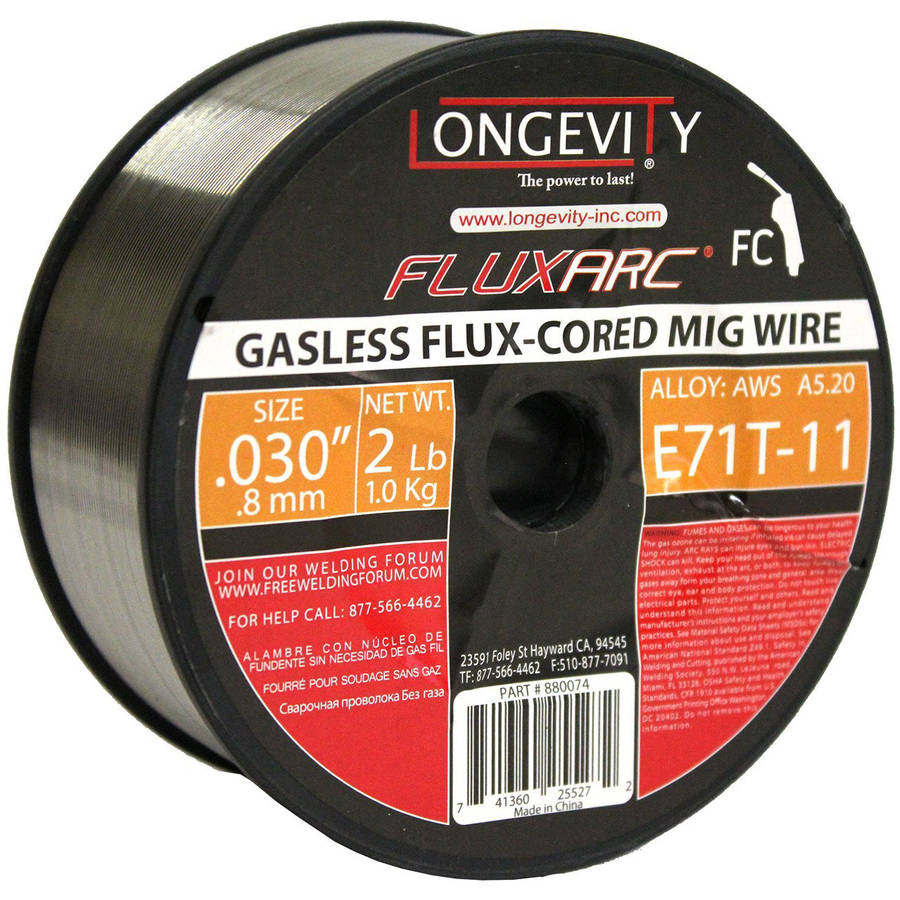
For thinner metals and jobs performed out of the wind, solid wire electrodes can work quite well. Both types of wires can produce sound welds with good weld bead appearances, when done correctly.įor thicker metals and outdoor jobs, the flux-cored wire electrodes work best. When comparing the flux-cored wires to the solid wires, it would be wise to note that the best choice is dependent upon the welding job and location. Exposing the shielding gas to the wind can compromise the integrity of the weld. Solid wire electrodes do not work well in wind. Solid wires are the best choice when working on thin materials, such as sheet metal. The copper plating also helps to increase the life of the welding contact tip. Solid wire electrodes are often made of mild steel which is plated with copper to prevent oxidation and to aid in electrical conductivity. The shielding gas protects the molten weld pool from atmospheric contaminants. Such electrodes require a shielding gas, which is delivered from a pressurized gas bottle. Solid wire electrodes are used in Metal Inert Gas Welding. If gases do not escape the welded area before the metal hardens, the weld may develop holes and become porous.A melted contact tip may occur if the electrode contacts the base metal and fuses the two together.Slag inclusion or cracks in the welds may also result.Īdditional problems that may arise when using flux-cored electrode wires include: Regardless of the process and type of electrode used, there is the possibility of creating an incomplete fusion between the base metals. There are concerns with any type of welding method. Typically, flux-cored wires create clean, strong welds.ĭisadvantages of Flux-Cored Wire Electrodes.


They also work well for welding out-of-position applications. Gas-shielded flux wires work well when welding thicker metals. Consequently, a sort of shelf is created which holds the molten pool when welding overhead or vertically up. The flux coating on gas shielded flux-cored wires solidifies faster than the molten weld material. As its name implies, the gas-shielded type of flux-cored wire requires an external shielding gas. There are two types of flux-cored wire electrodes: gas-shielded and self-shielded. What are the differences between flux-cored electrode wire and solid electrode wire? Is one type of electrode better than the other for welding? What are the advantages and disadvantages of each type of wire? Flux-Cored Wire Electrodes


 0 kommentar(er)
0 kommentar(er)
